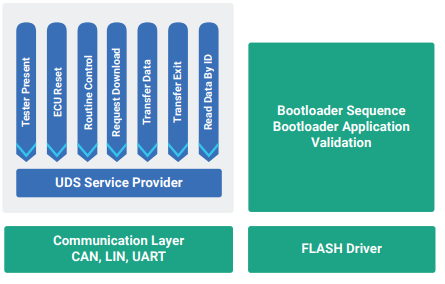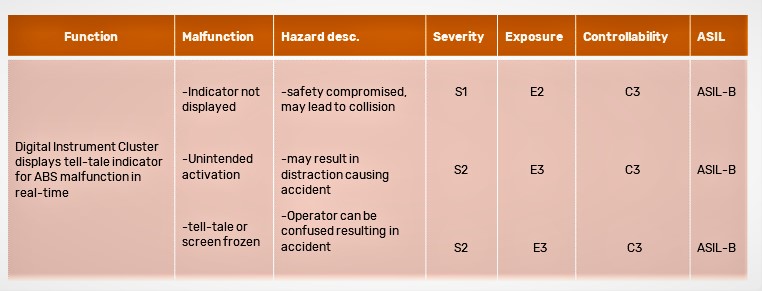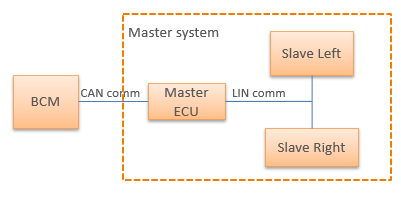Software and Hardware Development for DC-DC Converter ECU
Category : Product Engineering , Vehicle Diagnostics
About the Customer
Our customer is an automotive after-market organization delivering excellence through a wide range of automotive components. Within a few years of its inception, our customer has been able to carve a niche for itself due to its commitment to quality and disruptive innovation.
Business Challenge
Harnessing green energy in an efficient manner can bridge the looming energy gap, especially in the automotive industry. Our customer’s ambitious project had ‘solar energy harnessing’ at its core. In technical terms, the project aims at developing a DC-DC converter for passenger vehicles. The role of the DC-DC converter is to take in the energy from a solar panel and convert it to a voltage component that can be supplied to charge a vehicle’s battery.
The challenge that our customer was facing in realizing this project were manifold:
- Our customer’s team was not well-versed with MATLAB and other MBD tools required to develop such an application.
- Lack of expertise in LIN based bootloader and platform software
We got on-board the project due to our extensive experience in both software and hardware design and development using a model-based approach. On top of it, our ready-to-integrate LIN stack and pre-built platform software modules gave us an edge.
Embitel’s Solution
We were entrusted with end-to-end development of the DC-DC converter, i.e., software, hardware, and platform software (BSW) development.
The software and hardware teams at Embitel worked on the project simultaneously as we were on a strict deadline to finish the project.
Major highlights of the DC-DC converter ECU:
- The ECU takes voltage and current (V,I) input from the PV (photo voltaic) cells of the solar panel and generates the required voltage (12/48 volts) for the battery to charge.
- The ECU connects to the energy management ECU via LIN protocol to measure the voltage required by the battery for charging.
- It is a closed loop control mechanism with a feedback loop that measures the output and instructs the DC-DC converter ECU to optimize the output voltage if it deviates from the expected value.
Here’s a snapshot of our complete DC-DC converter solution for vehicle ECU:
Software Application:
- The software part comprises of a DC-DC converter ECU with closed loop control algorithm to generate the required voltage.
- It is a configurable solution which can be modified for different vehicle and battery variants.
- We have developed the complete platform software (BSW) for the solution.
Hardware Design:
- Our hardware team has performed hardware design and simulation.
- Board bring-up and pre-compliance test have been performed successfully.
Vehicle Diagnostics and Bootloader
- We have provided vehicle diagnostics powered by UDS over LIN.
- Flash bootloader over LIN is a part of the solution to enable ECU reprogramming.
Embitel’s Impact
We had a strict timeframe to complete the first leg of the project. Our ready-to-integrate LIN stack, pre-built platform software and expertise in MATLAB Simulink were instrumental in helping us stick to the deadline.
Tools and Technologies
- Ti TMS320- Microcontroller platform
- Code Composer- IDE and Compiler
- CANoE – Communication
- Matlab – Application Development
- OrCAD- Hardware Circuit Design
- Altium- Hardware simulation



























